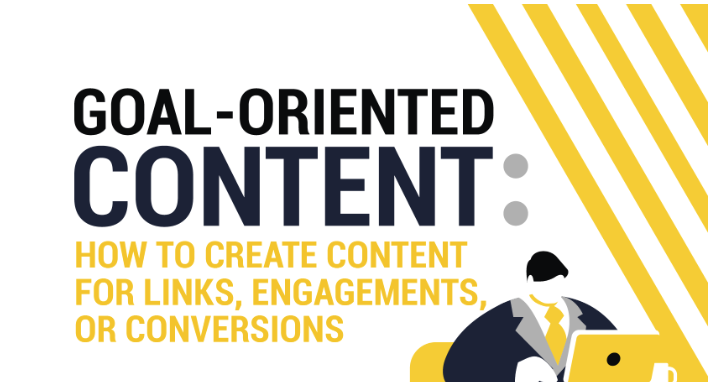In this day and age, digital marketing is vital to the success of any business. With numerous disciplines under the digital marketing umbrella, proven methods such as Google Ads and Search Engine Optimization (SEO) can significantly boost the growth of your business.
However, when it comes to optimizing your customer acquisition efforts or increasing brand awareness, nothing can sell the idea of your brand better than content marketing. Content marketing is where you create, publish, and distribute valuable content to convert prospects into paying customers.
If you still haven’t produced a content strategy for your business, you’re missing out on several conversion opportunities. Due to its ability to improve one’s bottom line, more business owners are starting to hop on the content marketing bandwagon. But, even though content marketing is at an all-time high, many aren’t able to make the most out of the material they’ve produced.
A lot of businesses make the mistake of producing content just to keep their website looking active. Research even shows that 60% of B2B marketers believe that publishing 500-word blogs regularly will improve their online presence. Being active on the web and posting a lot of content is good, but always remember to prioritize quality over quantity.
A site that posts once a week but acquires a hundred engagements performs a lot better than one that posts every day but only gets ten. Since the web is saturated with so much content, readers and webmaster don’t waste to spend their time reading fluff and invaluable pieces.
If you want to create content for links, you’ll need to have a purpose for every infographic, resource article, and blog you make.
Boost the growth of your business with goal-oriented content. Once you align your content strategy according to your business objectives, making timely and relevant content will be much easier. The guide below will teach you how to produce content for links, engagements, and conversions.

